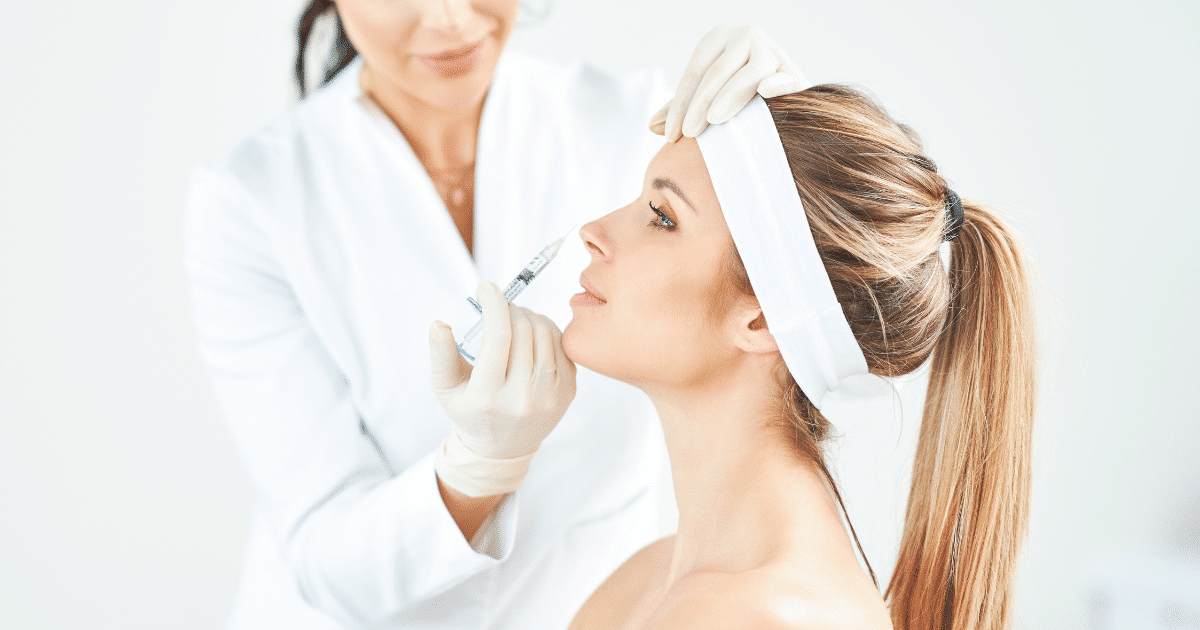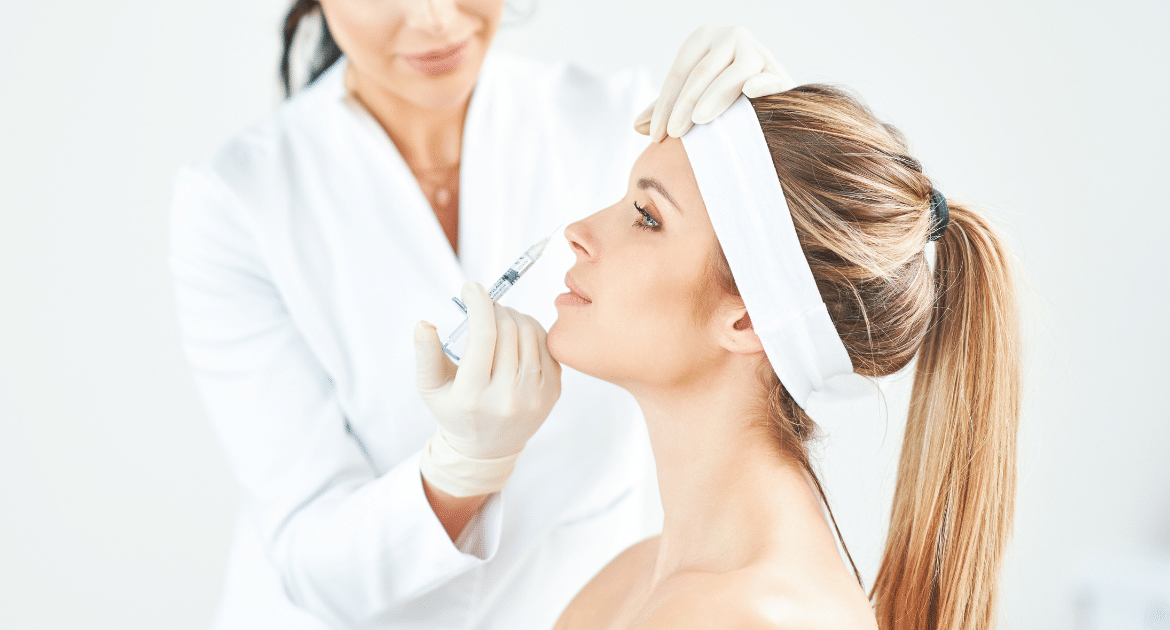
Botox and Breastfeeding: What New Moms Need to Know
Bringing a new baby into the world is an incredible journey, but it also comes with its challenges. Many new moms experience sleepless nights, hormonal changes, and shifts in their skin’s appearance. As a result, some consider Botox treatments to restore their youthful glow. However, a key question arises: Is Botox safe while breastfeeding?
In this guide, we’ll explore everything new moms need to know about Botox and breastfeeding, including safety concerns, potential risks, and alternative treatments.
Is Botox Safe While Breastfeeding?
For breastfeeding mothers, their baby’s health and safety are top priorities. Understandably, many moms wonder whether Botox injections pose any risks to their infants.
Currently, there is limited research on Botox’s effects on breastfeeding mothers and their babies. Botox is a neurotoxin that temporarily paralyzes muscles to reduce wrinkles, but studies have yet to determine whether it passes into breast milk. Given this uncertainty, most doctors recommend waiting until after breastfeeding to resume Botox treatments.
Potential Side Effects of Botox
Before making a decision, it’s essential to be aware of Botox’s potential side effects, which may include:
- Headaches
- Neck pain
- Fatigue
- Vision disturbances
- Pain or bruising at the injection site
- Allergic reactions
For breastfeeding moms, any side effects that cause discomfort or fatigue can further impact daily life and nursing routines.
Can I Pump and Dump After Botox?
Unlike alcohol or medications, Botox does not circulate through the bloodstream but remains localized at the injection site. Therefore, pumping and dumping breast milk is unlikely to remove any potential traces of Botox.
Since research is inconclusive, it’s best to consult a doctor or lactation consultant before making any decisions regarding Botox while nursing.
What Are the Risks of Getting Botox as a New Mom?
Although there’s little research on Botox and breastfeeding, studies on Botox during pregnancy suggest potential concerns, including:
- Increased risk of malformations
- Preterm birth
- Low birth weight
- Bone development issues
While these risks pertain to pregnancy rather than breastfeeding, the lack of studies on Botox’s effect on breast milk raises concerns. For this reason, healthcare professionals generally recommend postponing Botox treatments until after weaning.
When Can I Get Botox Again?
If you were receiving Botox treatments before pregnancy, you might be eager to resume your routine. The good news is that once you’ve stopped breastfeeding, Botox is considered safe. However, always check with your healthcare provider to determine the best timeline for your individual needs.
Breastfeeding-Friendly Alternatives to Botox
If you’re looking for safe alternatives to Botox while breastfeeding, consider skincare solutions that enhance skin health without neurotoxins. Some effective options include:
Hyaluronic Acid
Hyaluronic acid is a natural hydrator that plumps the skin and minimizes fine lines. It’s commonly found in serums and moisturizers, making it an excellent alternative for nursing mothers.
Glycolic Acid
Glycolic acid, an alpha hydroxy acid (AHA), gently exfoliates the skin and stimulates collagen production. This helps improve skin texture and reduce the appearance of wrinkles.
Other Natural Skincare Alternatives
For additional skin-rejuvenating benefits, consider products containing:
- Vitamin C – Brightens and evens skin tone
- Vitamin A (Retinoids) – Promotes cell turnover (check with a doctor before use)
- Antioxidants – Protect against environmental damage
Always consult a skincare professional before introducing new products into your routine, especially while breastfeeding.
Do Celebrities Get Botox While Pregnant or Breastfeeding?
Doctors typically advise against Botox during pregnancy and breastfeeding, but some celebrities have publicly shared their experiences. For example, Chrissy Teigen revealed that she received Botox for pregnancy-related headaches under medical supervision.
While individual cases vary, prioritizing your baby’s health is crucial. If you’re unsure, consult a healthcare provider before making a decision.
Botox Treatments in Los Angeles – Book Your Appointment
If you’ve completed your breastfeeding journey and are ready to resume Botox injections in Los Angeles, SCULPT Med Spa is here to help. We specialize in advanced anti-aging treatments, offering expert care with minimal discomfort and downtime.
📍 Visit Our Locations:
- Sculpt Silver Lake (Sunset Blvd): Call 323-922-6058
- Sculpt DTLA: Call 213-265-7285
Book your consultation today and rediscover your youthful glow with confidence!
SCHEDULE A FREE BOTOX CONSULTATION
SCHEDULE A FREE BOTOX CONSULTATION
SOURCES:
Botulinum toxin A during pregnancy: a survey of treating physicians, Journal of Neurology, Neurosurgery, and Psychiatry, J C Morgan, S S Iyer, E T Moser, C Singer, and K D Sethi

